Transportation in Animals and Plants
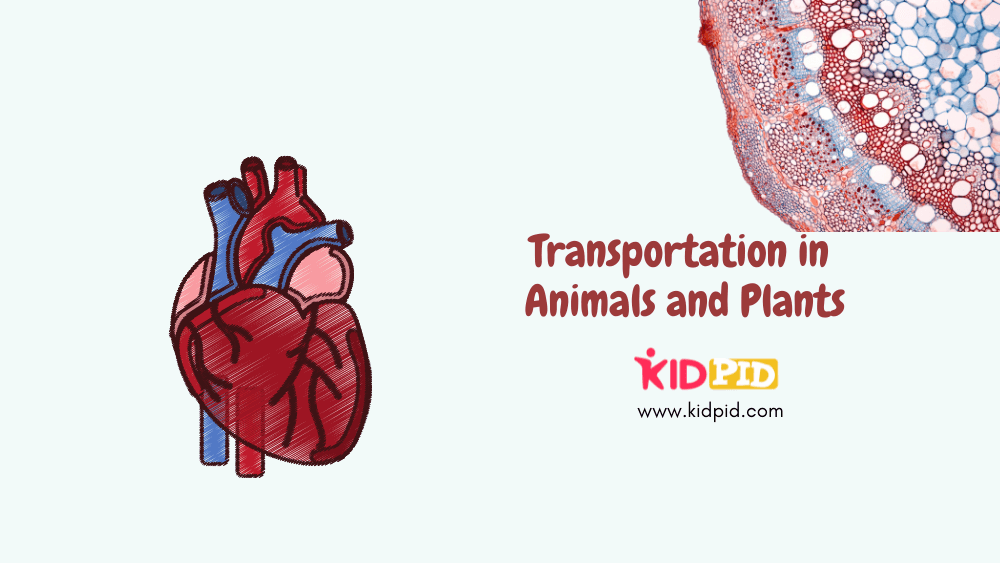
- Organisms need food, water and oxygen for survival that has to be transported throughout the body, both in an animal or a plant.
- Not only transport of useful materials is necessary but waste product deduction also takes place through transport
- Accumulation of waste materials leads to several diseases, thus its deduction is so very important
The various organ systems of a human body are:-
- circulatory system
- excretory system
- nervous system
- reproductive system
we’ll be discussion the circulatory system and the excretory system here, so let’s begin:
Contents
The Circulatory System
The circulatory system is concerned with the transport of oxygen and carbon dioxide and also other minerals throughout the body via blood.
Blood
- Red color fluid flowing throughout the body
- Transports oxygen and minerals
- Collects carbon dioxide and waste materials
- Blood is composed of a number of corpuscles or cells:-
1. RBC/ erythrocytes/ Red Blood Cells:
- lacks nucleus
- lacks other cell organelles
- disc/oval in shape
- red in color due to the dissolved pigment- Haemoglobin
2. WBC/ White Blood Cells/ Leucocytes:-
- helps to fight against diseases
- provides immunity
- helps to kill bacteria
- works against infections
3 .Platelets:- helps in blood clotting
Blood Vessels
The pipeline through which blood flows throughout the body is is made up of:
Arteries (artery):
- Carries oxygenated blood from the heart to other parts of the body
- Has thick walls
- Has a narrow lumen
Veins:
- Carries deoxygenated blood from the tissues to the heart
- Has thin walls
- Has a wide lumen
Heart
- The muscular organ that contracts and expands rhythmically to pump blood.
- Location- chest cavity, with its lower tip slightly tilted towards the left.
- The heart consists of two upper auricles and two lower ventricles.
Movement of the blood:
- Deoxygenated blood is received from the veins (upper and lower vena cava) to the right auricle.
- From the right auricle it moves down to the right ventricle
- From the right ventricle, it moves to the lungs through systemic artery
- In the lungs, it gets oxygenated and moves down through systemic vein
- It enters the left auricle
- Through the left auricle, it is received by the left ventricle
- The left ventricle transports it to the master artery- AORTA
- From aorta it moves throughout the body through different arteries
Heart Beat
The rhythmic expansion and contraction of muscles leads to the heart sounds- lub-dub, thus forming a heartbeat.
This was the circulatory system of the human body
The Excretory System
The removal of wastes and toxic substances from the body is known as excretion and the organ system involved in excretion is known as the excretory system.
Mechanism to remove wastes and filter the blood:
- when blood moves through kidney, the useful substances are absorbed by it while the wastes (specially nitrogenous wastes, urea and other toxic substances) are transported to the urinary bladder as urine.
- from the kidney the urine goes into the urinary bladder through muscular tubes called ureters.
- urine gets collected in the urinary bladder and when in need is excreted out of the body through urethra.
- the urethra in females is smaller than that in males
Sweat is also a part of excretion from human body via skin.
Transport In Plants
Just like in humans, plants too need their food materials, water, minerals, oxygen and waste products to be transported to various organs/parts.
Transport of water and minerals:
- The roots are present deep in the soil
- From the soil they absorb water and minerals
- From the roots these are transported into the plants’ body
- This transportation takes place through a vascular system of tissue that involves phloem and xylem.
- Xylem is the tissue system involved in the transport of water and minerals from the roots to throughout the plant body
- Phloem is the system that involves transport of food prepared by the leaves to other parts of the plant.
Transpiration
The evaporation of water from the surface of leaves is known as transpiration.
Mechanism:
- Roots absorb water from the soil
- It transports this water to other parts, including the leaves
- From the leaves some water gets excreted out from the somata
- As a result a cavity is made which generates a suction pull in the xylem
- This makes the xylem pull water up into the leaves
This mechanism continues during the sunlight. Not all water is used by the plant in preparation of its food, some gets transpired too, Transpiration helps to keep the surface of the leaf cool.
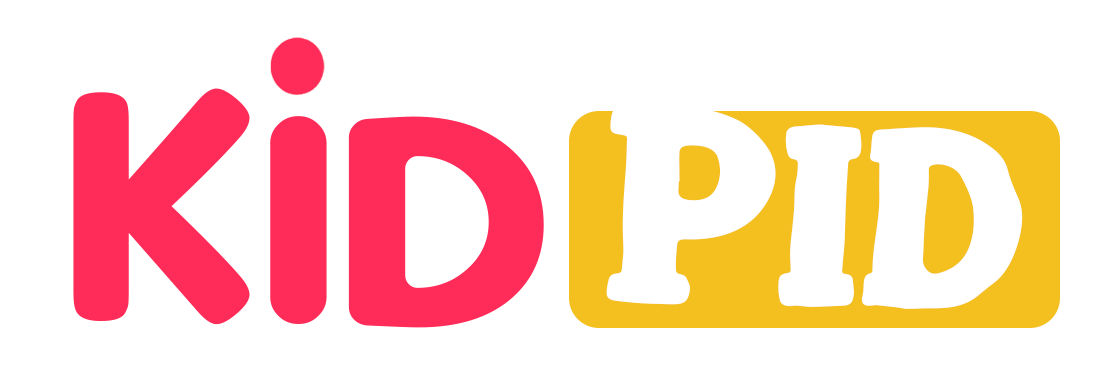
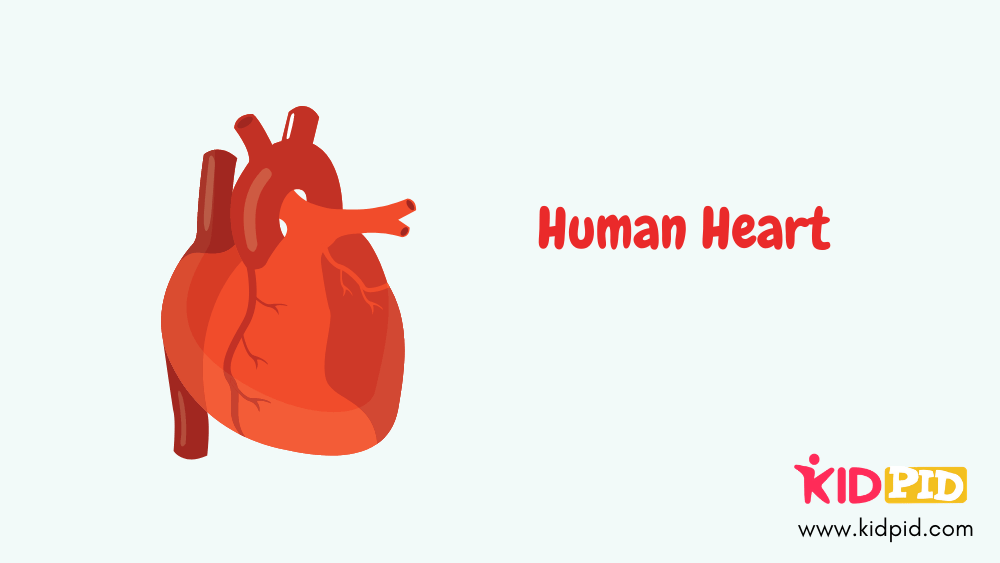
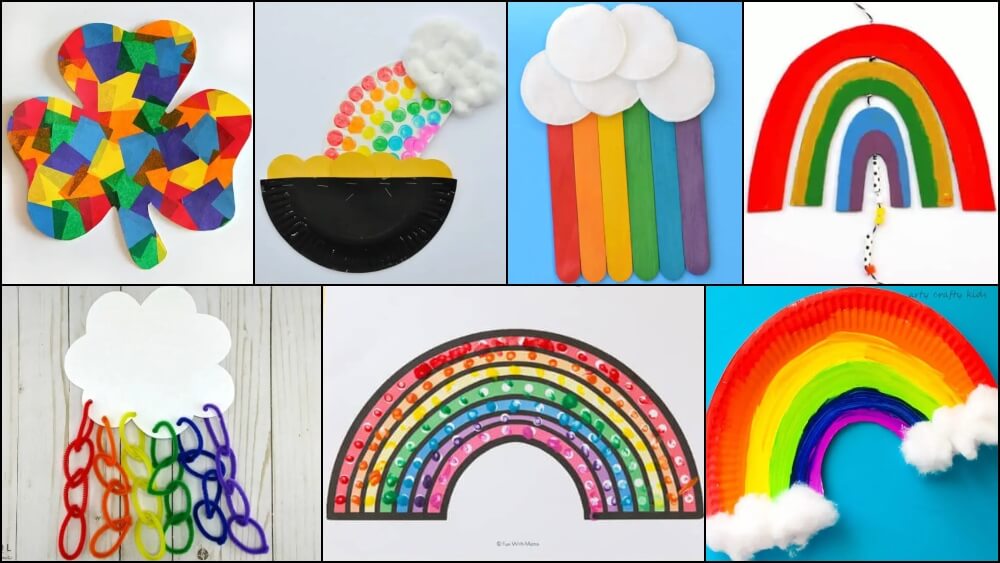
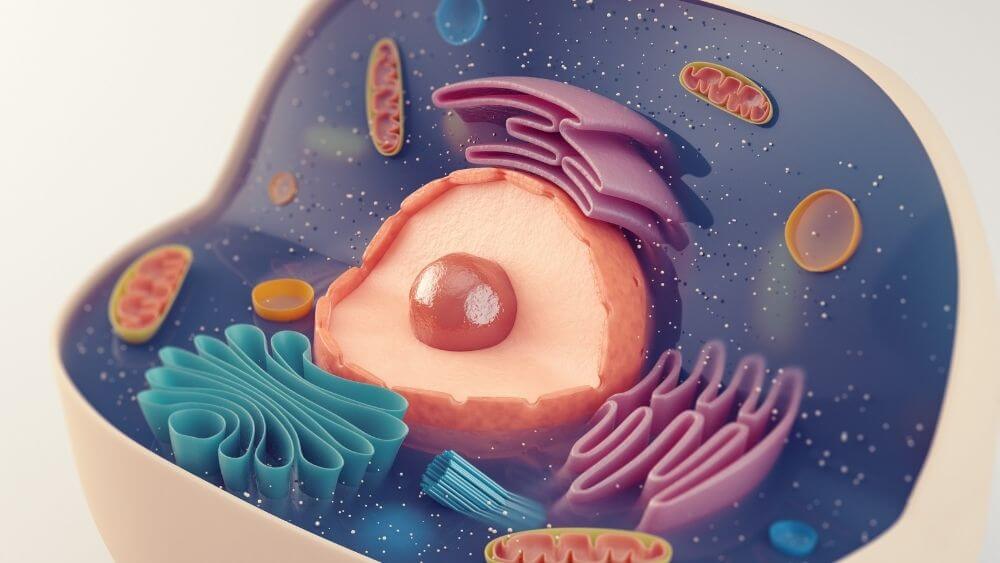
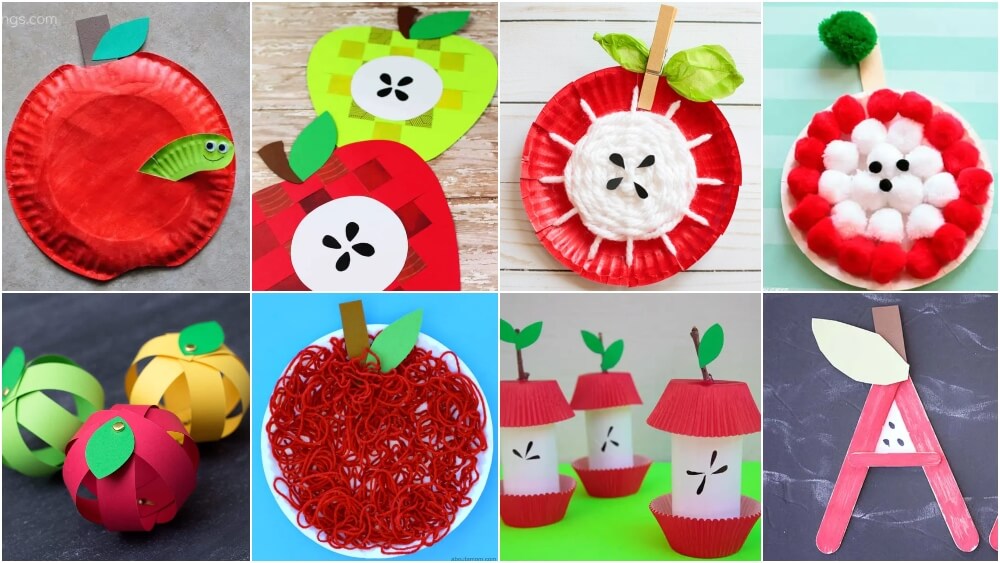
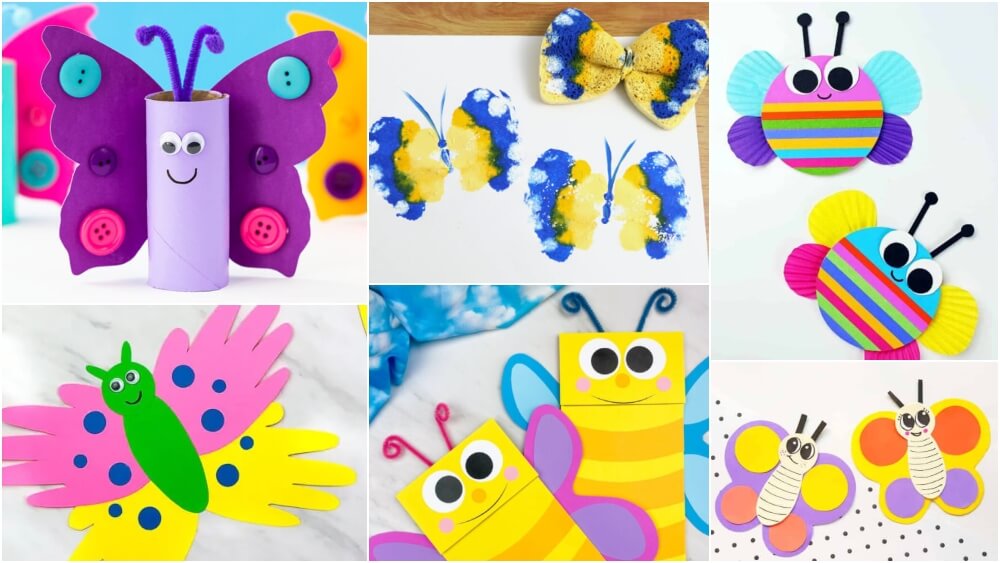
Responses